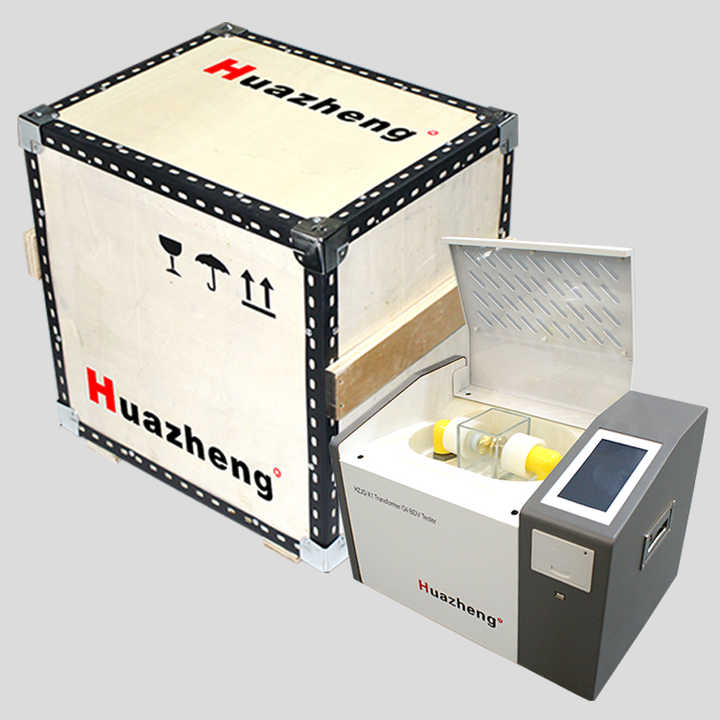Dielectric Transformer Oil: Enhancing Electrical Insulation and Transformer Efficiency
Dielectric Transformer Oil: Enhancing Electrical Insulation and Transformer Efficiency
Blog Article
Understanding Dielectric Transformer Oil: Necessary Advantages and Makes Use Of
Dielectric transformer oil serves as an important element in the operation of electric transformers and high-voltage tools, functioning largely as a protecting tool. As we check out the multiple benefits and uses of dielectric transformer oil, one have to take into consideration how its duty influences not simply equipment reliability, but likewise broader operational considerations.
What Is Dielectric Transformer Oil?
Dielectric transformer oil is a customized shielding fluid used in electrical transformers and various other high-voltage electric tools. Unlike traditional oils, dielectric oil is particularly formulated to possess high dielectric toughness, which enables it to stand up to considerable electrical stress without carrying out electrical power.
Commonly originated from mineral oil or synthetic resources, dielectric transformer oil fulfills rigorous sector requirements for pureness and performance. Its chemical make-up is meticulously designed to lessen the threat of oxidation and deterioration over time, which is vital for maintaining the oil's shielding homes.
In enhancement to its shielding characteristics, dielectric transformer oil serves as a coolant, soaking up and moving warmth created by electrical parts throughout procedure. In general, dielectric transformer oil is a vital component in the safe and dependable procedure of electric infrastructure.

Trick Benefits of Dielectric Oil
While dielectric transformer oil offers essential features in electric systems, its benefits expand past plain insulation and air conditioning. One of the primary advantages of dielectric oil is its high dielectric stamina, which successfully protects against electrical failure, making certain the risk-free procedure of transformers and other high-voltage tools. This property is vital in keeping the integrity and durability of electric systems.
Additionally, dielectric oil has superb thermal conductivity, enabling efficient warmth dissipation. This quality minimizes the risk of overheating, hence extending the lifespan of transformers and lowering maintenance prices. The oil's chemical stability and resistance to oxidation contribute to its resilience, making certain consistent efficiency over time.
An additional substantial advantage is its ability to reduce arcing and corona discharge, which can harm electrical elements. By offering a steady medium for electric energy transfer, dielectric oil enhances operational safety and security.

Applications of Dielectric Transformer Oil
Dielectric transformer oil plays a pivotal duty in various applications within the electric industry, mainly due to its special insulating and cooling properties. One of its primary usages is in power transformers, where it offers to insulate interior elements and promote warm dissipation. This is essential in maintaining functional efficiency and durability.
In enhancement to power transformers, dielectric oil is additionally made use of in distribution transformers, making certain reliable and secure energy circulation. Its high dielectric stamina stops electrical discharges, therefore minimizing the danger of failings and boosting system integrity. Moreover, dielectric transformer oil is employed in reactors and capacitor financial institutions, where it executes similar features, safeguarding delicate devices from electric failure - used transformer oil.

Upkeep Considerations
Proper maintenance of dielectric check these guys out transformer oil is vital to make sure optimal performance and durability of electric tools. Regular surveillance of the oil's chemical and physical residential properties is essential to find any degradation that could hinder the insulation and cooling capabilities. Key parameters to examine include wetness content, level of acidity, and dielectric stamina.
Regular sampling and research laboratory analysis can determine the presence of pollutants such as dissolved gases, particulates, and oxidation results. These evaluations aid in establishing the oil's problem and whether it requires treatment or replacement. Purification systems can be employed to remove particulates and moisture from the oil, restoring its shielding properties and extending its life expectancy.
Furthermore, preserving appropriate operating temperature levels is important; excessive warm can increase oil deterioration (dielectric transformer oil). Carrying out temperature level surveillance systems can assist in spotting overheating problems early
Environmental Influence and Safety And Security
In analyzing the ecological impact and security of dielectric transformer oil, it is important to think about both its structure and potential threats. Normally acquired from mineral or synthetic sources, dielectric oils can differ dramatically in their ecological impact.
Security problems mostly focus on flammability and poisoning. Dielectric oils can be flammable, requiring appropriate storage and managing treatments to minimize fire dangers. Additionally, specific ingredients made use of in transformer oils may introduce toxicological dangers, highlighting the relevance of choosing oils with favorable security profiles.
Regulative compliance is also important (dielectric transformer oil). Complying with ecological policies and security standards makes certain that making use of dielectric transformer oils decreases adverse effect on human health and the environment. To conclude, recognizing the environmental ramifications and safety protocols find out connected with dielectric transformer oils is essential for accountable use in electric applications
Conclusion
In summary, dielectric transformer oil serves as a crucial component in boosting the safety and efficiency of electric transformers and high-voltage equipment. Factor to consider of ecological impact and security more highlights the significance of dielectric transformer oil in modern electrical facilities.
Dielectric transformer oil serves as an essential component in the operation of electrical transformers and high-voltage equipment, functioning largely as a shielding medium. Dielectric transformer oil is a specific shielding fluid used in electric transformers and other high-voltage electric Bonuses equipment. Unlike traditional oils, dielectric oil is specifically formulated to possess high dielectric toughness, which allows it to stand up to considerable electrical anxiety without conducting electricity.
One of the main advantages of dielectric oil is its high dielectric stamina, which efficiently avoids electrical malfunction, ensuring the risk-free operation of transformers and various other high-voltage equipment.In summary, dielectric transformer oil offers as a critical part in improving the security and performance of electrical transformers and high-voltage devices.
Report this page